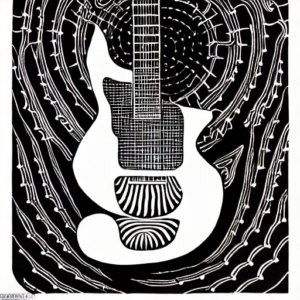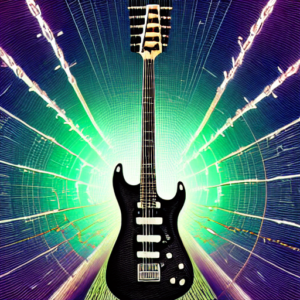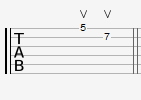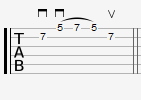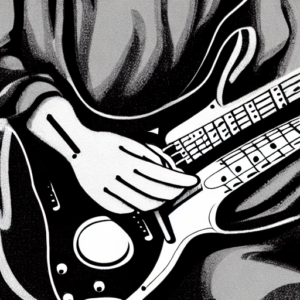Take your Sweep technique to the next level with these Sweep Picking Tips

Today I’m going to hook you up with some sweep picking tips! If you’re looking to improve your sweep picking skills, you’ve come to the right place.
Sweep picking is a popular technique used by guitarists to play fast, arpeggio-based runs with a smooth and fluid sound. It requires precise finger movement and coordination, and can take some time to master. In this post, I’ll go over some proven strategies and tips to help you improve your sweep picking skills and take your playing to the next level.
The importance of Practice
Practice is essential for improving your sweep picking skills. It allows you to develop muscle memory and precision, as well as helps you to become more comfortable and familiar with the technique.
By setting aside dedicated time for practice, you can focus on specific areas that need improvement and track your progress as you get better. Regular practice also helps to increase your speed and accuracy, and can ultimately lead to a more confident and skilled performance. In short, practice is the key to mastering sweep picking and achieving your musical goals.
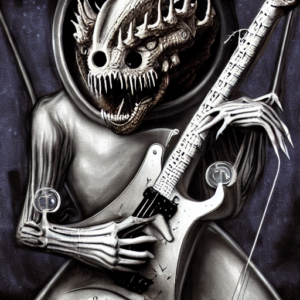
Sweep Picking Tips
So, without further ado, here are my top tips for improving your sweep picking skills:
- Practice, practice, practice. There’s no substitute for putting in the time and effort to hone your skills. Set aside a specific time each day to work on your sweep picking, and stick to it.
- Start with the simple sweep patterns such as 2 string sweep patterns. Don’t try to tackle the most complex sweep picking patterns right off the bat. Start with something simple and gradually increase the difficulty as you improve.
- Pay attention to your hand positioning. Proper hand positioning is crucial for smooth and efficient sweep picking. Make sure your fingers are in the right position and that your hand is relaxed.
- Use a metronome. A metronome will help you keep time and develop a sense of rhythm. Set it to a slow tempo and gradually increase the speed as you get better.
- Don’t be afraid to experiment. Don’t be afraid to try new things and explore different techniques. You never know what might work for you until you give it a shot.
Auto Amazon Links: No products found. http_request_failed: A valid URL was not provided. URL: https://ws-na.amazon-adsystem.com/widgets/q?SearchIndex=All&multipageStart=0&multipageCount=20&Operation=GetResults&Keywords=B01IP8C04M&InstanceId=0&TemplateId=MobileSearchResults&ServiceVersion=20070822&MarketPlace=US Cache: AAL_ee938cf2b0906d05feb3aaa0215f7f35
Choosing a sweep course

Taking a proven sweep picking guitar course by a known authority on the subject can also make all the difference in the world. But remember that just because a guitarist has mastered their instrument doesn’t mean that they’re also an effective instructor.
I’ve gone through numerous courses on the subject myself and, while they were all helpful in some way, only one or two stood out as solid courses from the ground up.
Out of my trial and error, one course stands out among all of the rest as the most complete, linear and effective: and that is Sweep Picking Mastery by one of my
personal favorite shredders, Dan Mumm.
Here’s a review of Sweep Picking Mastery by fellow shred enthusiast, Az Samad.
So there you have it, my friend. With these tips in mind, you’ll be well on your way to becoming a sweep picking master in no time. Just remember: practice makes perfect, so don’t get discouraged if you don’t see improvement right away. Keep at it, and you’ll get there eventually.
Shred on!




